Guides • Perfecting your Craft
Last updated on Oct 14, 2025
7 Types of Conflict in Literature: A Writer's Guide
Linnea Gradin
The editor-in-chief of the Reedsy Freelancer blog, Linnea is a writer and marketer with a degree from the University of Cambridge. Her focus is to provide aspiring editors and book designers with the resources to further their careers.
View profile →In literature, conflict is any struggle between opposing forces that characters must overcome to achieve their goal. It can be an external conflict or a ‘real world’ obstacle (as in "person vs. society," "person vs. nature, person vs. technology, and "person vs. supernatural"), or an internal conflict where our heroes must confront some inner turmoil before getting what they want or need (like "person vs. self").
Internal and external conflicts are often intertwined and appear within specific types of conflict. In this post, we'll break these down and provide examples from popular fiction.
The seven most common types of conflict in literature are:
- Man vs. Man
- Man vs. Society
- Man vs. Nature
- Man vs. Technology
- Man vs. Supernatural
- Man vs. Fate
- Man vs. Self
What is conflict in literature?
In most stories, characters have goals they want to achieve. If they reach them quickly and easily, the story would be over in just a few pages. Conflict is what stands in their way, making the narrative compelling. Will Joe win Jane’s heart? Will Mike find justice after being wrongly imprisoned for murder? There should be challenges along the way.
For Joe, conflict could mean facing a rival suitor, battling his own insecurities, or earning the trust of Jane’s wounded heart. For Mike, the obstacles may be a corrupt legal system, dangerous enemies behind bars, or his struggle to maintain hope and integrity as he awaits the court's decision.
Author Tom Bromley, the instructor of Reedsy’s How To Write a Novel course sees conflict as the creator of dramatic tension that compels the reader to read on. “They want to see the outcome of that conflict resolved, and the ultimate resolution (hopefully) brings a satisfying end to the story."
Q: What is the single most important piece of advice for first-time novelists?
Suggested answer
Write the story you want to write, need to write--and want to read. Don't think about or worry about market trends, or how you will position your book on the market, or writing a book that will blow up on BookTok. A novel is a marathon, and in order to see it all the way through, you have to love your story (you can dislike some of your own characters of course, but you need to be deeply passionate about the overall story you are telling). In practical terms, by the time you write, revise, and publish your novel, it's likely that overall publishing trends will have shifted anyway. Write the book you want to write--things like what readers want, what publishers want, what agents want, can come later!
Kristen is available to hire on Reedsy ⏺
Read many books in your genre and look for why you like that particular book or don't like it. Get a feel for what works and what doesn't. Try to read books that sold well and were published in the last 5-10 years. Publishing norms change and styles change with time.
For instance, in the past, much time was spent setting up the story, and many opening paragraphs may have been spent describing the scenery and visual elements. While those elements are still important, modern books move at a much faster pace and spend less time on these elements by using sentences of description woven into the narrative rather than information dumps and blocks of long description that can slow the pace.
So, reading current books in your genre is the best way to learn writing methods yourself.
Melody is available to hire on Reedsy ⏺
All types of literary conflict can be grouped into two main categories: internal and external conflict.
Internal and external conflict in narrative
Most narrative conflicts you'll encounter are external. For example, a protagonist might battle their rival, endure a harsh environment, or survive a zombie apocalypse. Internal conflict, on the other hand, revolves around the struggles within their mind — for example, grappling with a moral dilemma, making a life-altering decision, or facing a personal fear.
A compelling story needs both internal and external conflict. Take Frodo in The Lord of the Rings, for example: he certainly faces external dangers like the Nazgûl, the Mines of Moria, and Boromir’s corrupted intentions. Just as importantly, the hobbit also struggles to stay true to himself and do what is right. Similarly, in her memoir, Wild, Cheryl Strayed embarks on an arduous trek along the Pacific Crest Trail where she struggles with her oversized backpack, thirst, and brutal storms. But these are more than physical challenges — they mirror her internal struggle to redeem her turbulent past filled with loss, infidelity, and addiction.
In both stories, and more broadly in narrative, the external conflicts serve to highlight, deepen, and bring clarity to the characters' internal battles. So let’s look at the main types of conflict you’ll find in literature.
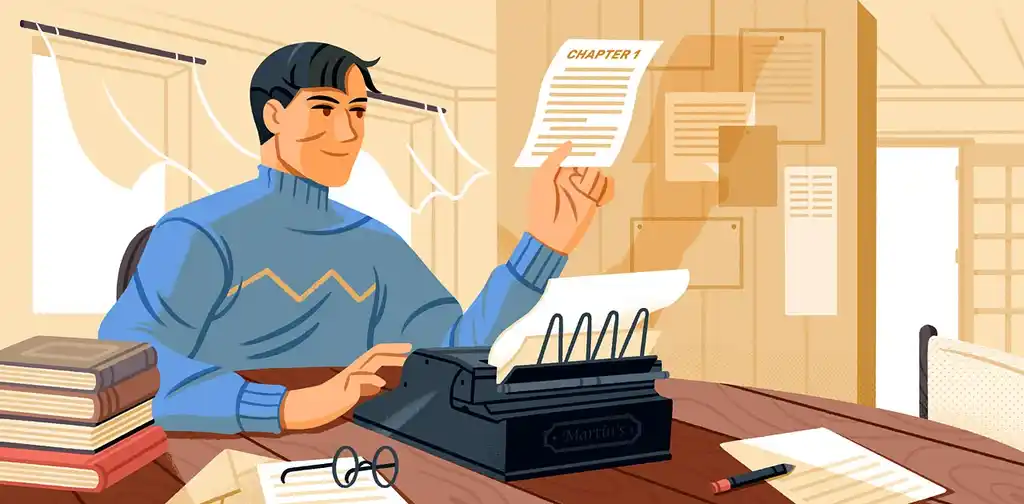
FREE COURSE
How to Write a Novel
Author and ghostwriter Tom Bromley will guide you from page 1 to the finish line.
The 7 main types of conflict in literature
1. Man vs. Man
Pesky people: they cause trouble wherever they go! That’s the crux of this type of external conflict, which you’ll find in many, if not most, stories. "Man versus man" can mean both black-and-white struggles (cops vs. robber, hero vs. villain, etc.), but it can also cover subtler kinds of personal confrontations: romantic entanglements and familial disputes, for example.
Man vs. man conflict is commonly rendered as the traditional “protagonist vs. antagonist” setup, where these two central characters will usually have diametrically opposing goals. For example, the protagonist might be a cat burglar looking to steal a priceless painting, while the antagonist – a corrupt gallery owner — wants nothing more than to stop them.
To learn more, read our full guide on man vs. man here.
Example of man vs. man conflict
The Great Gatsby: Self-made millionaire Jay Gatsby wants nothing more than to win over his childhood crush, Daisy Buchanan. Standing in the way of Gatsby’s goal is Daisy’s husband, Tom Buchanan, an old-money cad with a mile-wide mean streak.
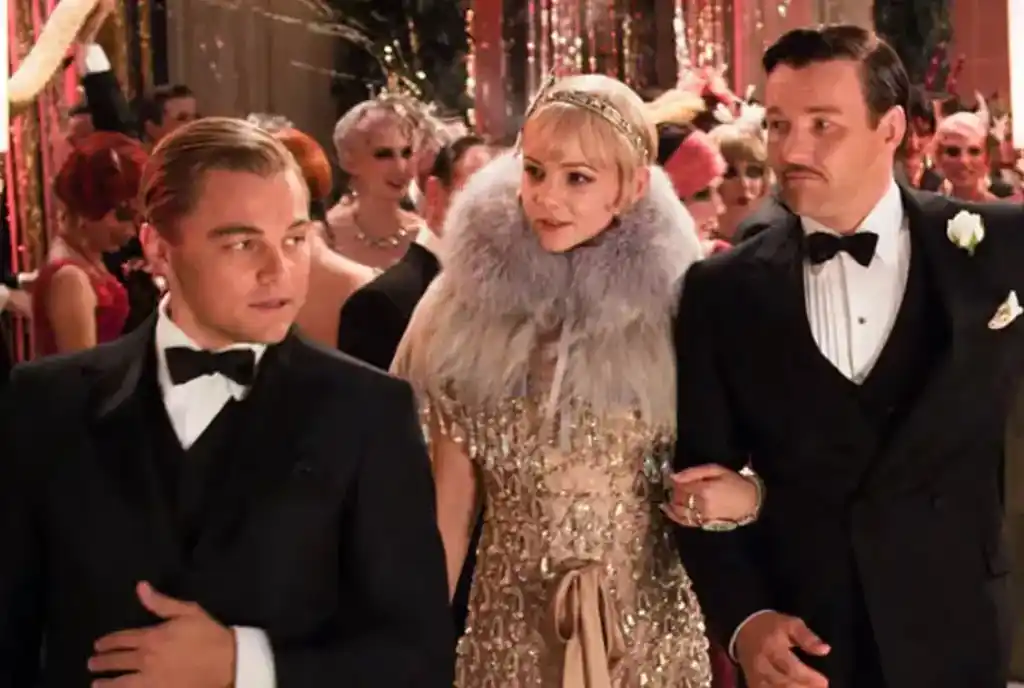
2. Man vs. Society
Particularly prevalent in fiction these days, this type of external struggle pits the individual against the collective. In this case, “the collective” might take the form of something like:
- an oppressive government,
- adults (as seen from a teenager’s perspective), or
- systemic corruption.
In this type of conflict, society will put pressure on our character to change and fall neatly into order. On the other hand, our protagonist will resist this change and, in extreme cases, will try to bend society to fit their vision. Like the story of David and Goliath, our hero faces an uphill battle, but the reader holds out hope that ‘the little guy’ can overcome a seemingly impossible challenge.
To learn more, read our full guide on man vs. society here.
Examples of man vs. society conflict
The Hate U Give: When her friend is shot dead by a cop, African American teenager Starr seeks justice, but finds herself up against a system of structural racism that stretches from the police and media, all the way to her private school and internalized racism.
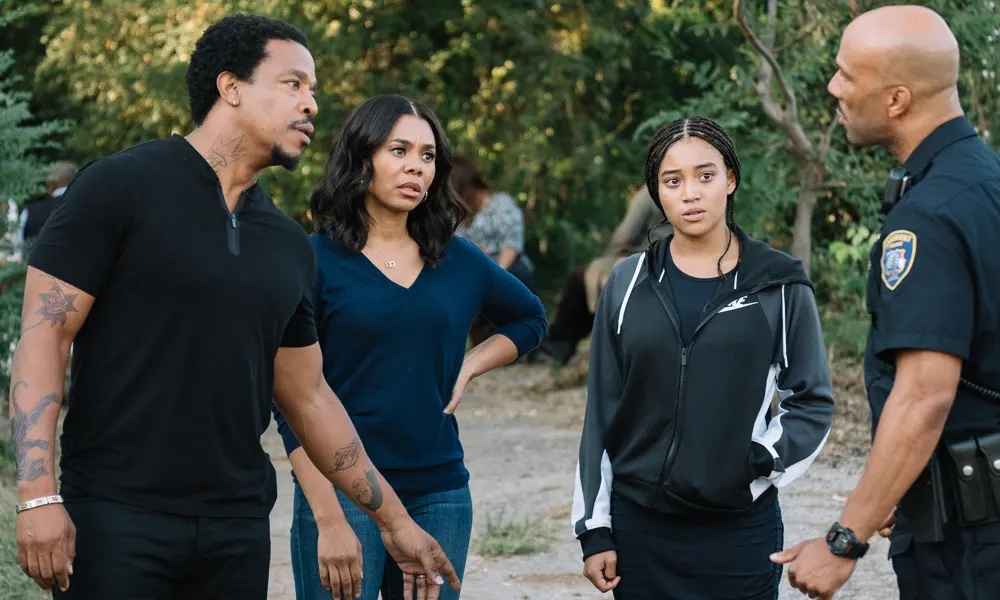
The Devil Wears Prada: Idealistic university graduate Andrea “Andy” Sachs moves to New York and soon lands a highly coveted position as the junior assistant to Miranda Priestly, the tyrannical editor of a fashion magazine. A fish out of water, Andy enters into a world that directly conflicts with her principles but finds herself compelled to conform to the cut-throat world of fashion journalism in order to fast-track her career.
3. Man vs. Nature
How do you fancy your chances in a fight against Mother Earth? In this type of conflict, that is exactly what our protagonists are facing. Whether it’s wildlife (Jaws), natural disasters (The Day After Tomorrow), the weather (The Perfect Storm), or a post-apocalyptic landscape (The Road), the antagonists in this type of conflict cannot be reasoned with.
Q: What are some strategies writers can use to avoid clichés in man vs nature stories?
Suggested answer
Before you take on a topic, be it in non-fiction or fiction, you want to look at comparable books that are similar to what you have in mind to write. What has already been published under that topic? What topics have been overdone? Underdone? Where is the need in the market? What is the need or what is lacking in the current market?
You can perform a search on Amazon, and you can check your local library. Ask a librarian about your topic and see what they think as far as whether this topic or plot is cliché or new and fresh.
Follow agents, editors, and publishers on social media. Many times, they will share what types of books and topics they are looking for and what has been "done to death." For instance, a few years back, the publishing world was making statements like, "No more dead dogs." Meaning, they don't want to see another "Old Yeller" or some such book. So keep your eyes and ears peeled for what editors ARE or ARE NOT looking for, and this should help in avoiding cliches, whatever the genre you are writing in.
Melody is available to hire on Reedsy ⏺
Stories that feature a “man vs. nature” conflict will usually center on a character’s survival. In the absence of a human antagonist, our heroes will often discover that “man vs. self” conflict (something we will touch on later) is at the heart of their narrative arc.
To learn more, read our full guide on man vs. nature here.
Example of man vs. nature conflict
The Martian: Stranded on the Red Planet, astronaut Mark Watney must overcome its unforgiving environment and survive long enough to be rescued. Using his resourcefulness, he must overcome the obstacles that Mars presents by growing food and find a way to communicate with Earth.
Q: What techniques can authors use to personify nature and make it feel like an active character in their story?
Suggested answer
Write it so it feels like it has agency of its own—not like it actually does, but just so it feels like if it wanted to exert some form of will on the human characters, it could. That's a little nebulous, I know, but it's neither an easy thing to do nor describe. 🙂
Brett is available to hire on Reedsy ⏺
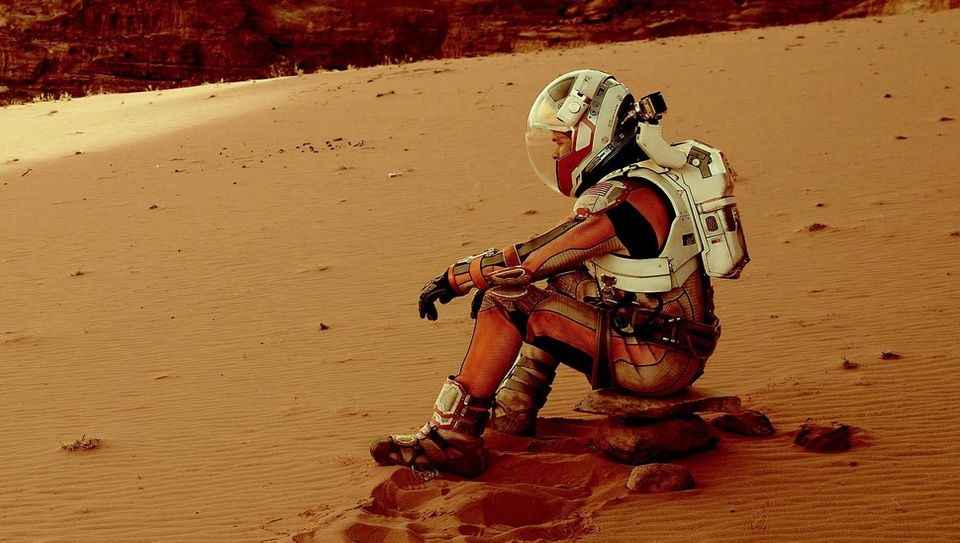
4. Man vs. Technology
Since the dawn of the industrial age, humanity has had a turbulent relationship with technology. Some see scientific progress as a defiance of God and the natural, while others have used it to question the limits of our morality, patience, and greed. While the idea of ‘man vs. technology’ might summon up the image of a Terminator-like robot apocalypse, this type of conflict could also be as modest as someone struggling to teach their Grandma Millie how to use emojis!
To learn more, read our full guide on man vs. technology here.
Examples of man vs. technology conflict
Frankenstein: A scientist brings to life a creature made out of spare human parts. This ‘monster’ quickly becomes sentient and exceeds his creator’s wildest expectations, leading to Dr. Frankenstein’s demise on the tundra. Subtitling her book “The Modern Prometheus,” Mary Shelly likened her hero to the mythic Greek figure who stole fire from Zeus, putting a fine point on the idea of humans daring to play God.
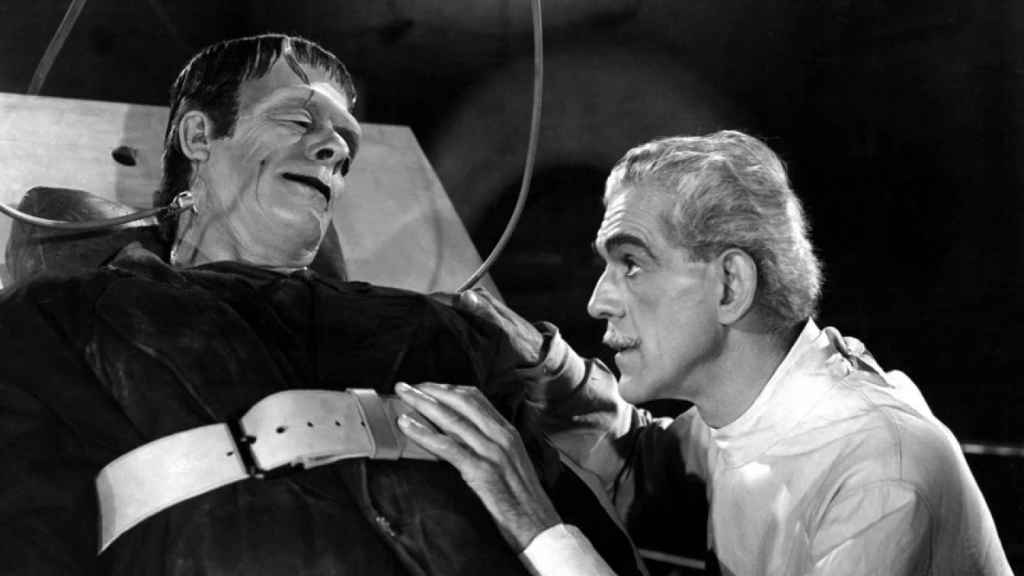
Do Androids Dream of Electric Sheep?: In the distant future of 1999, bounty hunter Rick Deckard is given the task of retiring (read: killing) a group of androids recently escaped from a Mars colony. The only problem? These synthetic creatures are practically indistinguishable from real people. When Deckard falls for one of these androids, he begins to question the very nature of humanity.
5. Man vs. Supernatural
When your hero finds themselves up against something that cannot be explained by logic or science, they are probably in conflict with supernatural forces! While some writers employ this type of conflict to tell rip-roaring tales, supernatural stories can also explore human fears and inexplicable everyday events.
Q: Should I follow current trends or write the story I’m most passionate about?
Suggested answer
If you write a book inspired by 2025 trends you might find that by the time it's ready for submission and even publication the trend has moved on to something new. It takes a long time to write a book: you have a better chance of sustaining momentum and enthusiasm if you stick to your passion project. I rather believe that readers pick up on that passion too.
Susanna is available to hire on Reedsy ⏺
The issue with following current trends is that the trend may be over before you get your book completed and out to the world. If you write what you are passionate about, the story will usually end up being stronger because you are writing a story that means a lot to you, as opposed to writing something just because you think it might sell.
However, you want to be sure the story you are passionate about still has a strong possibility of selling by avoiding cliches and plots that have been overworked and overdone.
Strong stories that readers can relate to will have a good chance of finding an audience no matter the genre.
Melody is available to hire on Reedsy ⏺
In practice, man vs supernatural conflicts will often see the protagonist face off against the forces of fate, religion, ghosts, gods, demons or aliens.
To learn more, read our full guide on man vs. supernatural here.
Examples of man vs. supernatural conflict
Ghostbusters: Three disgraced scientists (and a guy they find on Craigslist) set up shop as supernatural pest controllers, ridding New York of hungry ghosts and spectral librarians. But when a Sumerian god arrives looking to enslave the world, our four heroes must answer the age-old question: does bustin’ make them feel good?
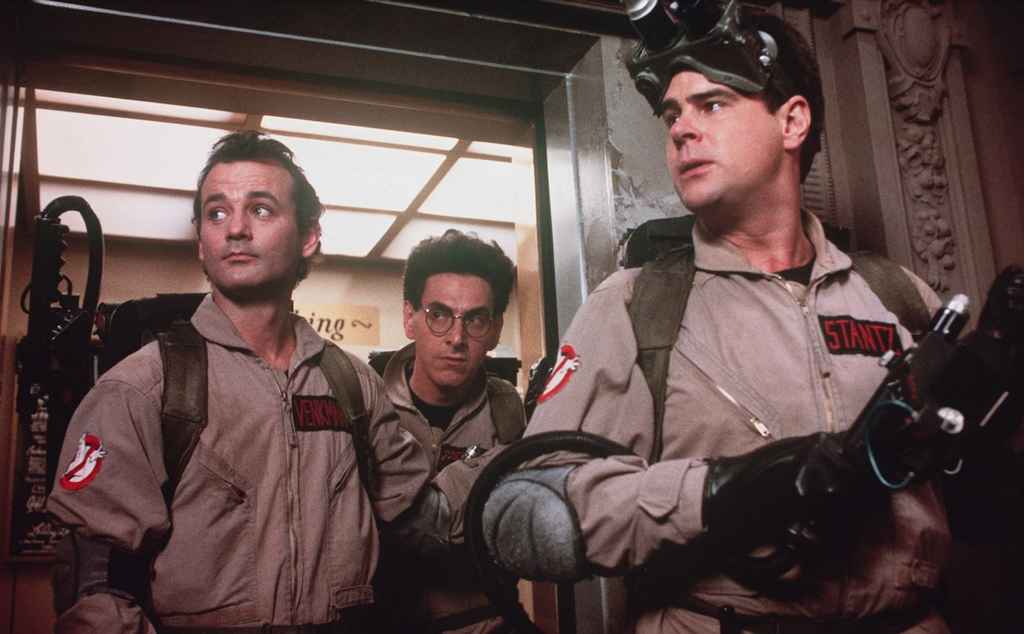
The Strange Case of Dr. Jekyll and Mr. Hyde: A doctor in Victorian London creates a serum that causes him to become his evil alter-ego, Edward Hyde. Inspired by the real-life case of Deacon Brodie, an upstanding Edinburgh citizen by day and burglar by night, author Robert Louis Stevenson uses this supernatural tale to depict one man’s struggle against his inner demons.
A fight against the supernatural might require detailed worldbuilding, which you can learn all about it in our ultimate guide below.
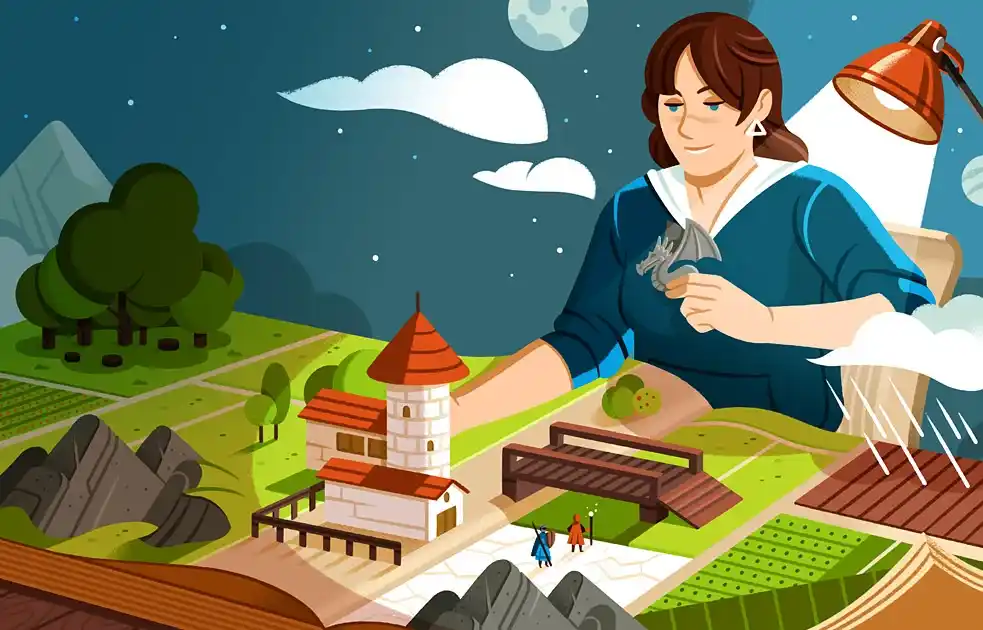
FREE RESOURCE
The Ultimate Worldbuilding Template
130 questions to help create a world readers want to visit again and again.
6. Man vs. Fate
Similar to “man vs. supernatural,” this conflict deserves its own entry — if only for its historical significance. “Man vs. fate” can include dealings with God or the gods and their prophecies — where our protagonists desperately try to assert their free will. This is a common trope in Greek tragedies, where the characters can do nothing but endure the destinies befallen to them.
To learn more, read our full guide on man vs. fate here.
Examples of man vs. fate conflict
Macbeth: In Shakespeare’s “Scottish play,” the Thane of Glamis receives a prophecy from three witches that foretells his rise to the throne of Scotland. However, the witches also reveal that his buddy Banquo will father a line of kings — which gets Macbeth more than a little worried. In his fight against this fate, Macbeth takes extreme measures that prove to be his undoing.
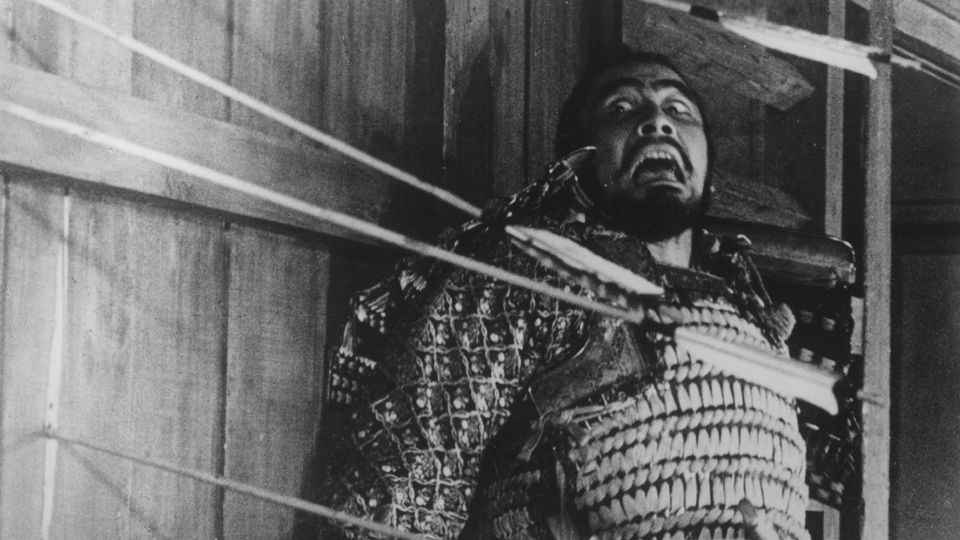
Oedipus Rex: Boy meets oracle. Oracle tells boy he will marry his mother and kill his father. In an effort to defy the prophecy, boy kills a stranger (who turns out to be his birth father) and marries a woman (who turns out to be his birth mother). Boy plucks his eyes out in a fit of frustration. It’s a tale as old as time.
If these stories teach us anything, it’s that tragedies are almost always self-inflicted!
Until now, these types of conflicts have seen our heroes deal with external forces. For our final entry on this list, let’s look at what is perhaps the most important conflict of all.
Q: What lessons can first-time authors gain from analyzing popular books in their chosen genre?
Suggested answer
Analysing popular books in your chosen genre will help you in two ways. Firstly, you can learn from the choices and tactics used by those authors. Secondly, you can see how your proposed book fits into the market.
Susanna is available to hire on Reedsy ⏺
Look for the balance between narration and dialogue. Watch how and when authors introduce new characters. Look for how visual and sensory details are woven into the story as it goes along, and how the author doesn't stop for long to weave in these details.
Look for the initial inciting incident and pay attention to where it falls in the book. Watch for how much happens in the first 50 pages, and see if the plotting of your own book moves along at a similar pace.
Look at those all-important first lines and first chapters of a book and see if you can glean knowledge as to why the author chose to open with that sentence or paragraph.
Melody is available to hire on Reedsy ⏺
7. Man vs. Self
Writer Maxwell Anderson once said that “the story must be a conflict, and specifically, a conflict between the forces of good and evil within a single person”. Though that might be an oversimplification, every interesting story will indeed, at some point, involve a character’s inner dilemma. That’s because, as James N. Frey points out in How To Write A Damn Good Novel, a reader experiences the most empathy for a character when that character is in the middle of some intense inner strife.
Q: Does a protagonist have to change over the course of their story?
Suggested answer
Great question! And as with so many answers when it comes to writing fiction, the answer is 'yes and no'. Let me elaborate...
Sometimes, a change in a character and how it happens is the entire point of a story. Look at 'A Christmas Carol' by Charles Dickens, for example: Scrooge must look into his past and understand how his life has brought him to this point. For him, if he doesn't change, he will die a lonely and unmourned death. For us, if he doesn't change, then all we really have is a book about a man shouting at Christmas.
And then sometimes there is a Katniss Everdeen. Her qualities of bravery and knowing what's right are there from the start - she wouldn't substitute for her sister otherwise. Those characteristics remain strong throughout. The change in the Hunger Games books are often about the changes Katniss brings to the world around her; her main job in the narrative is as an agent of change, as someone who is unafraid to stand up for what's right. We often see this in superheroes.
I'm also thinking about Harry Potter, who doesn't so much change as have knowledge revealed to him that changes the way he sees himself. Yes, he gains skills and knowledge as the books progress, but he is (literally) marked to be who he is from the beginning. The change here is in his understanding of who and what he is, and what happened to him and his parents - something that the reader discovers along with him.
So I'd say that there always has to be change - otherwise, why would we read a book at all?
And change will definitely occur around the protagonist.
But that doesn't necessarily mean that the character begins as 'a', goes through 'b' and becomes 'c'. This is what makes fiction so interesting, to read and to write.
Stephanie is available to hire on Reedsy ⏺
No. But in most cases, it's probably a good idea.
This criticism ("protagonist needs development/arc/change") is often shorthand for "this story doesn't have much craft to it" or "there's no arc to this thing." If the protagonist has no arc, good chance the story doesn't, either—but this isn't a hard-and-fast judgment.
The better question to ask is whether your protagonist should change. If not, you should have a firm idea why not, and so should your reader by the end. What would the character's not changing say, mean, or do? Is it a tale where everyone knows the protagonist needs to change, but he doesn't? Does he suffer the consequences? Get away with it? And so on.
Unless you can articulate why your character shouldn't change, then your editor is probably right: change would help the story along. But before you get rewriting, decide how this change will advance the story, what effects it will have.
In other words: Don't just change a character arc because an editor said you should. Change it because the story will be stronger for it.
Joey is available to hire on Reedsy ⏺
This is what is usually expected, especially in coming-of-age stories for teens. However, in some cases, the point of the story might be that the main character does NOT change. And if this scenario works best for the story you are trying to tell, then the protagonist does not have to change.
While growth in the protagonist by the end of the story is the "norm" for most books, sometimes the growth comes from getting what they wanted at the beginning. There are many ways for "growth" to occur. Whichever path is chosen must make sense for your story and feel organic to the narrative, not forced.
Example of a "stuck" adult character that doesn't change:
Archie Bunker from the TV show All in the Family - always a cynic and pessimist
Example of an adult character who is "stuck" at the outset, but grows by the end of the story:
Macon Leary from The Accidental Tourist - becomes "unstuck" and more independent
So, you have to do what works for your story and makes sense in the overall plot scheme.
Melody is available to hire on Reedsy ⏺
As they say, "change is the only evidence of life." So as a rough, general rule, it's a good idea to have character development.
As well as being an editor, I'm a screenwriter, and protagonist change is often stressed as essential in films to keep an audience interested.
But it depends on the type of story and character. If a character is interesting enough, and the point of the story includes that they don't change, then don't force them to.
There are no infallible rules about storytelling.
John is available to hire on Reedsy ⏺
Internal strife will stem from a debate that occurs within a character. It might originate from any combination of the character’s expectations, desires, duties, and fears. To get what they want, they must make a choice that threatens to change the very fabric of who they are.
To learn more, read our full guide on man vs. self here.
Example of man vs. self conflict
The Hunger Games: Kind-hearted teen Katniss Everdeen is drafted as a contestant in a deadly reality show staged by a totalitarian government. As per the rules of the game, in the end, there can be only one — to survive, it seems that Katniss must overcome her reluctance to kill. Will she stick by her principles, even if it ultimately results in her death?
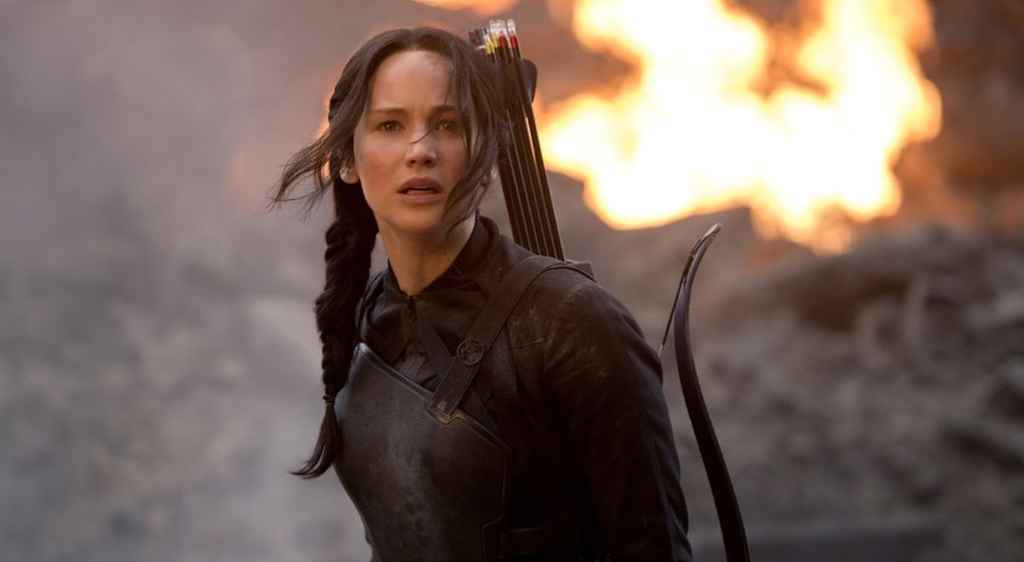
Now that we've seen the different forms conflict can take in a story, let's dive deeper, starting with one of the oldest conflicts in literature: man vs. man.

